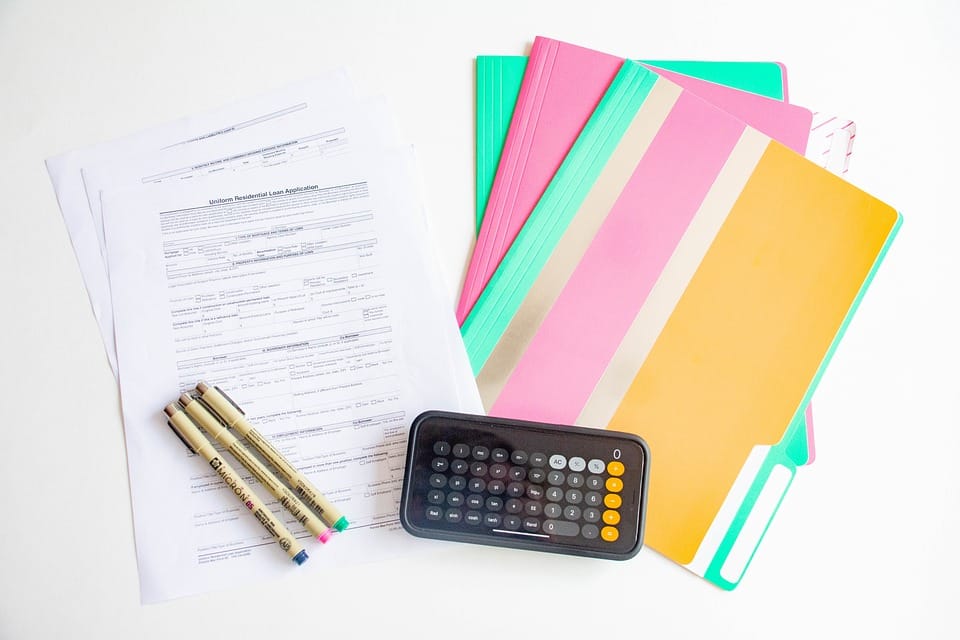How to Build a Blockchain-Based Application with [Blockchain Platform]: A Step-by-Step Tutorial
Introduction
Blockchain technology has been gaining immense popularity in recent years due to its unique features, such as security, transparency, and immutability. With its increasing adoption, many industries are now exploring ways to build blockchain-based applications to leverage its benefits. In this article, we will provide a step-by-step guide on how to build a blockchain-based application using [Blockchain Platform], a popular and user-friendly blockchain platform.
Before we dive into the tutorial, let’s understand what a blockchain-based application is and its benefits.
What is a Blockchain-Based Application?
A blockchain-based application is a decentralized system that utilizes blockchain technology to record and verify transactions, data, or smart contracts. Blockchain-based applications are designed to provide a secure, transparent, and tamper-proof way of storing and transferring data, making it ideal for industries where data integrity is crucial.
Benefits of Blockchain-Based Applications
- Security: Blockchain technology uses advanced encryption techniques to secure data and transactions, making it virtually impossible for hackers to access or manipulate.
- Transparency: All transactions and data are recorded on a public ledger, ensuring that information is transparent and easily verifiable.
- Immutable: Once recorded, data cannot be altered or deleted, ensuring the integrity of the data.
- Decentralized: Blockchain technology operates on a decentralized network, eliminating the need for intermediaries and reducing transaction costs.
Step 1: Choose a Blockchain Platform
The first step in building a blockchain-based application is to choose a blockchain platform that suits your needs. [Blockchain Platform] is a popular and user-friendly platform for building blockchain-based applications. [Blockchain Platform] offers a range of features, including:
- Strong security and scalability
- Comprehensive documentation and APIs
- Support for multiple programming languages
- Active community and extensive resources
Step 2: Plan Your Application
Before building your blockchain-based application, it’s essential to plan and design your application. This includes:
- Identifying the problem you want to solve
- Defining the scope and goals of your application
- Determining the technology stack and infrastructure required
- Creating a detailed project plan and timeline
Step 3: Set Up Your Development Environment
Once you have planned your application, set up your development environment by:
- Installing the required software and tools
- Setting up your code editor and version control system
- Creating a development environment specific to your application
Step 4: Create Your Smart Contract
Smart contracts are self-executing contracts with the terms of the agreement written directly into lines of code. In [Blockchain Platform], you can create a smart contract by:
- Writing your smart contract code in a programming language such as Solidity
- Compiling and deploying your smart contract on the [Blockchain Platform] network
Step 5: Develop Your Application
With your smart contract set up, it’s time to develop your application. This includes:
- Creating a user interface (UI) and user experience (UX)
- Designing and implementing your application’s logic and functionality
- Integrating your application with the blockchain platform using APIs and SDKs
Step 6: Test and Deploy Your Application
Before deploying your application, make sure to test it thoroughly to ensure it functions as expected. Once tested, deploy your application on the [Blockchain Platform] network.
Conclusion
Building a blockchain-based application with [Blockchain Platform] can be a complex and challenging process, but with the right guidance, it can be achieved. By following these step-by-step instructions, you can leverage the benefits of blockchain technology to create a robust and scalable application that meets your needs.
Frequently Asked Questions (FAQs)
-
What are the system requirements for building a blockchain-based application?
To build a blockchain-based application with [Blockchain Platform], you’ll need a decent computer, a solid understanding of programming and smart contract development, and a reliable internet connection. -
What programming languages are supported by [Blockchain Platform]?
[Blockchain Platform] supports multiple programming languages, including JavaScript, Solidity, and others. -
What are the benefits of using [Blockchain Platform] for building blockchain-based applications?
[Blockchain Platform] offers a range of benefits, including strong security and scalability, comprehensive documentation and APIs, support for multiple programming languages, and an active community and extensive resources. -
Can I use [Blockchain Platform] for free?
[Blockchain Platform] offers a free tier for small projects, but for larger projects, you may need to upgrade to a paid plan. - How long does it take to build a blockchain-based application with [Blockchain Platform]?
The time it takes to build a blockchain-based application with [Blockchain Platform] depends on the complexity of your project, your experience with blockchain technology, and the resources you have available.
In this article, we have provided a step-by-step guide on how to build a blockchain-based application using [Blockchain Platform]. With its user-friendly interface, strong security, and scalability, [Blockchain Platform] is an ideal choice for building blockchain-based applications. By following these instructions, you can leverage the power of blockchain technology to create robust and scalable applications that meet your needs.
Note: The information provided in this article is for informational purposes only and is not intended to be a substitute for professional advice or services. Always consult with a qualified professional before making any decisions.

Leave a Reply